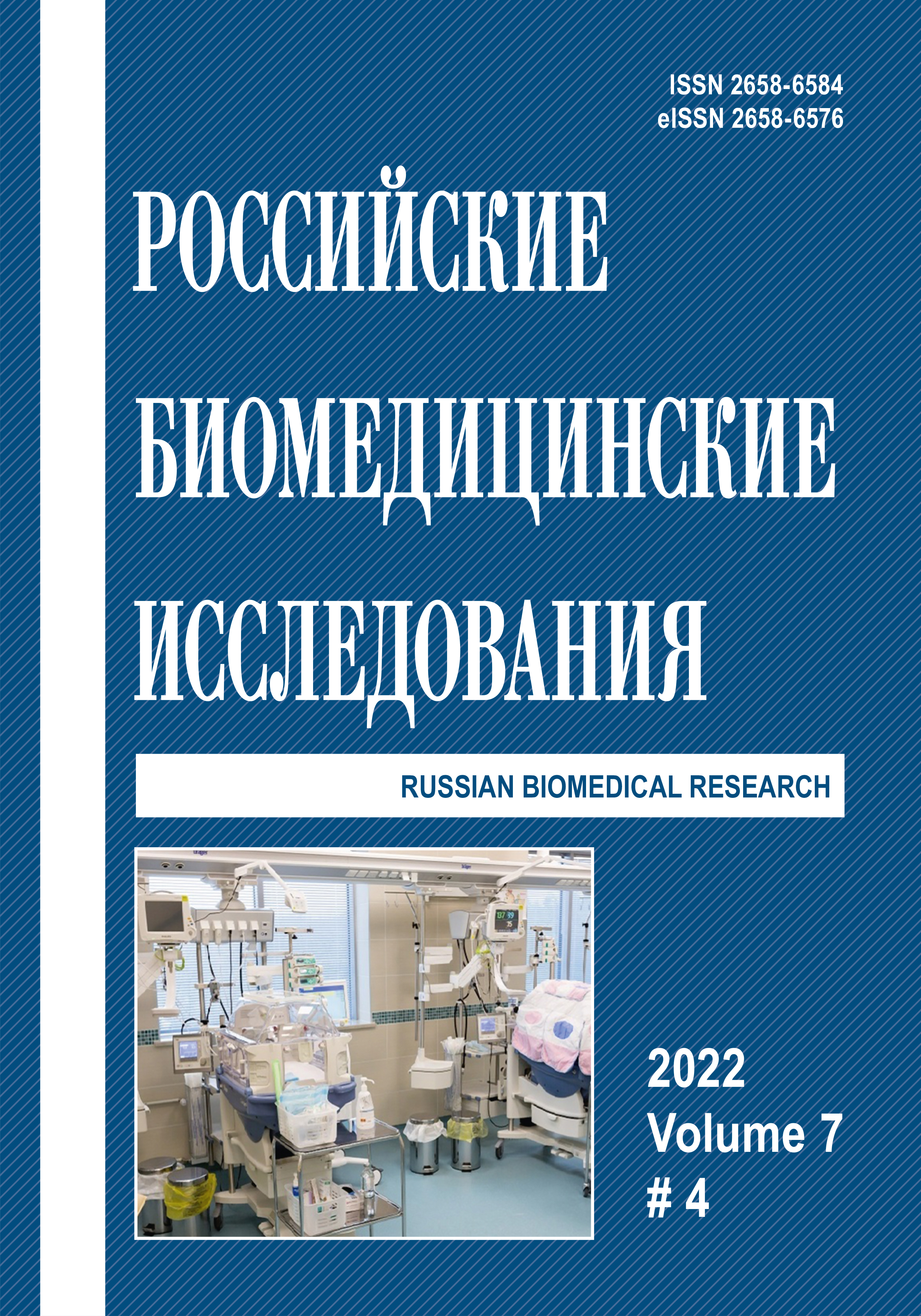THE СOURSE AND OUTCOMES OF TREATMENT OF PATIENTS WITH TYPICAL HEMOLYTIC-UREMIC SYNDROME
Abstract
The article is devoted to an important problem of pediatric resuscitation and nephrology - a typical hemolytic uremic syndrome (tHUS). A retrospective study of 267 patients with tHUS over the past 5 years was carried out. The evaluation of clinical and laboratory data of patients and treatment results was carried out. Mortality was 2.27%. It was revealed that renal replacement therapy was required in 74.5% of patients, the main method of renal replacement therapy (55.3%) was peritoneal dialysis. Anuria at the onset of the disease was an unfavorable factor associated with an increased risk of multiple organ damage, CNS damage, death, as well as prolonged renal replacement therapy and incomplete recovery of kidney function. Anuria is associated with a higher level of markers of inflammation, hemolysis, thrombosis) and a lower level of the C3 component of complement, as well as a longer duration of thrombocytopenia, which allows us to consider these indicators as predictors of the severity of tHUS. The development of acute kidney injury with anuria in patients with tHUS, according to most indicators, significantly worsens the prognosis of patients and is a factor in an unfavorable prognosis in patients with tHUS.



